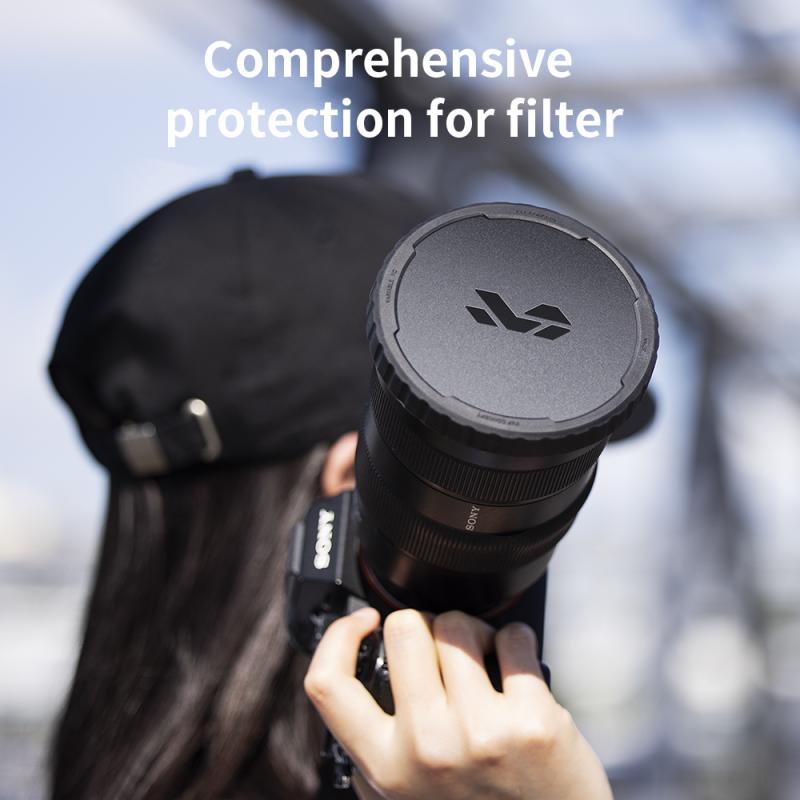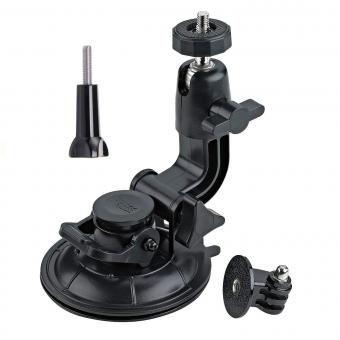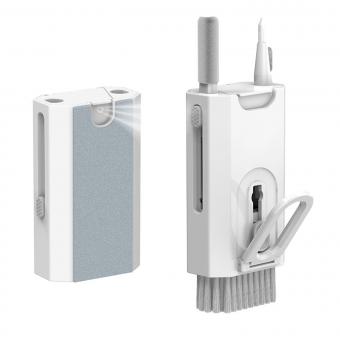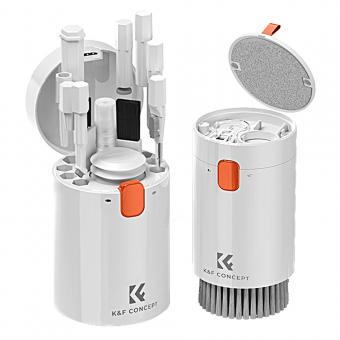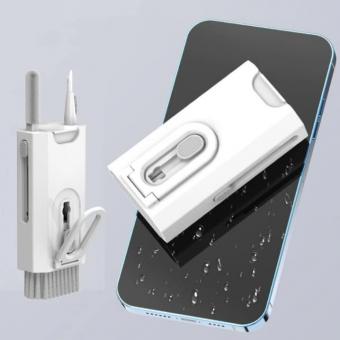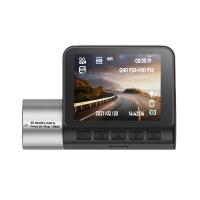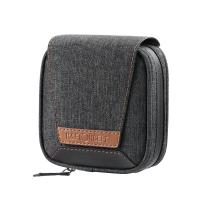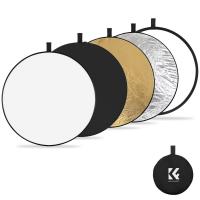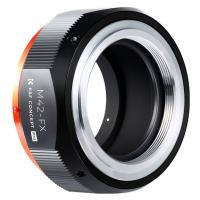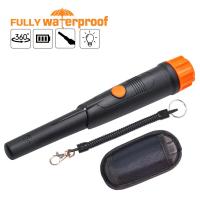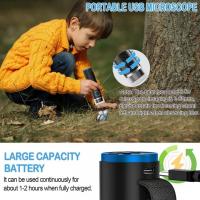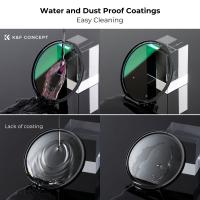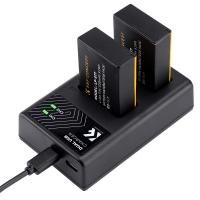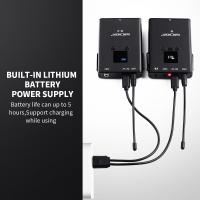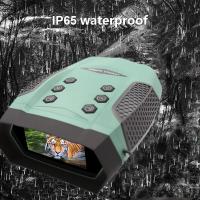How To Clean Microscope Slides And Coverslips ?
To clean microscope slides and coverslips, first, rinse them with distilled water to remove any debris or residue. Then, immerse them in a cleaning solution, such as a mixture of water and mild detergent or a commercial microscope slide cleaner. Gently scrub the surfaces with a soft brush or lint-free cloth to remove any stains or contaminants. Rinse the slides and coverslips thoroughly with distilled water to remove any cleaning solution residue. Finally, allow them to air dry or use a lint-free cloth to gently dry them before using them again. It is important to handle the slides and coverslips carefully to avoid scratching or damaging their surfaces.
1、 Preparing the cleaning solution for microscope slides and coverslips
Preparing the cleaning solution for microscope slides and coverslips is an essential step in maintaining the quality and accuracy of microscopic observations. The cleaning solution should effectively remove any debris, stains, or contaminants from the slides and coverslips, ensuring clear and accurate results.
To prepare the cleaning solution, start by mixing a mild detergent or soap with distilled water. Avoid using harsh chemicals or abrasive cleaners, as they can damage the glass surfaces. The concentration of the detergent or soap should be low, as excessive amounts can leave residue on the slides and coverslips.
Once the cleaning solution is prepared, follow these steps to clean the microscope slides and coverslips:
1. Rinse the slides and coverslips with distilled water to remove any loose debris or particles.
2. Place the slides and coverslips in a container filled with the cleaning solution. Gently swirl the container to ensure all surfaces are covered.
3. Allow the slides and coverslips to soak in the cleaning solution for a few minutes. This will help loosen any stubborn stains or contaminants.
4. Use a soft brush or cotton swab to gently scrub the surfaces of the slides and coverslips. Be careful not to apply too much pressure, as this can scratch the glass.
5. Rinse the slides and coverslips thoroughly with distilled water to remove any remaining cleaning solution.
6. Dry the slides and coverslips using a lint-free cloth or air-drying rack. Avoid using paper towels, as they can leave lint or fibers on the glass.
It is important to note that the latest point of view emphasizes the use of environmentally friendly cleaning solutions. Some researchers suggest using enzymatic cleaners or alcohol-based solutions to minimize the environmental impact. However, it is crucial to ensure that these alternatives are compatible with the specific type of microscope slides and coverslips being cleaned.
Regular cleaning and maintenance of microscope slides and coverslips are essential for accurate and reliable microscopic observations. By following these steps and considering the latest point of view, you can effectively clean and maintain the quality of your microscope slides and coverslips.
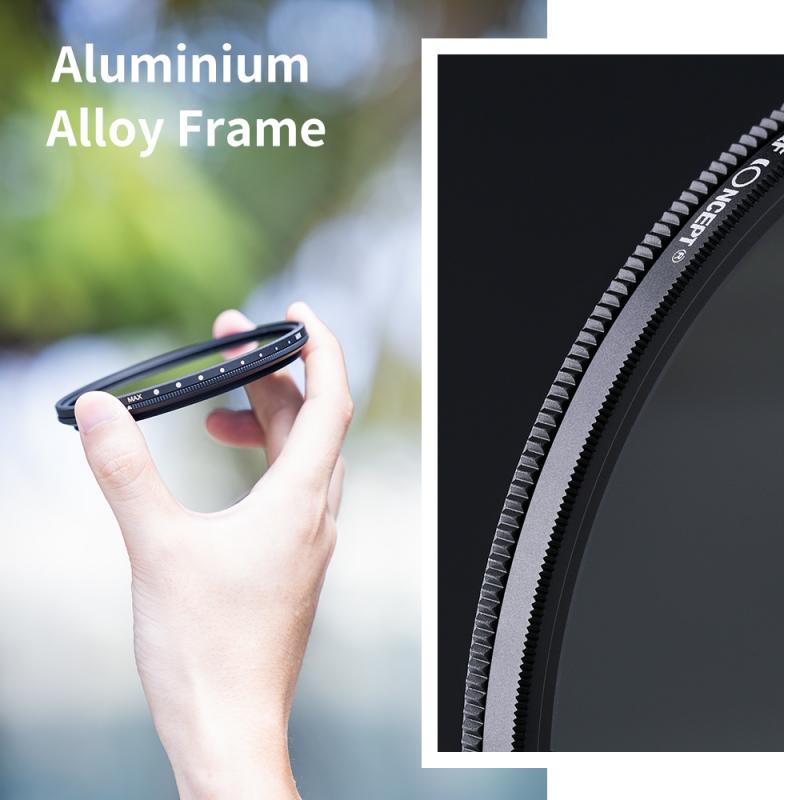
2、 Removing debris and stains from microscope slides and coverslips
Cleaning microscope slides and coverslips is essential to ensure accurate and clear observations under the microscope. Here is a step-by-step guide on how to clean them effectively:
1. Safety first: Wear gloves to protect your hands from chemicals and potential contamination.
2. Pre-soak: Fill a container with warm water and add a few drops of mild detergent. Place the slides and coverslips in the solution and let them soak for a few minutes to loosen debris.
3. Scrubbing: Using a soft brush or sponge, gently scrub the slides and coverslips to remove any remaining debris. Be careful not to scratch the glass surfaces.
4. Rinse: Thoroughly rinse the slides and coverslips with distilled water to remove any detergent residue.
5. Stain removal: If there are stubborn stains, you can use a cleaning solution specifically designed for microscope slides. Follow the manufacturer's instructions and use it sparingly.
6. Drying: Place the cleaned slides and coverslips on a clean, lint-free surface or use a lint-free cloth to pat them dry. Avoid using paper towels as they can leave fibers behind.
7. Sterilization: To ensure complete sterilization, you can autoclave the slides and coverslips or use a disinfectant solution. Follow the appropriate sterilization method based on your laboratory's protocols.
It is important to note that the latest point of view emphasizes the use of environmentally friendly cleaning agents and practices. Whenever possible, opt for biodegradable detergents and avoid harsh chemicals that can harm the environment. Additionally, regular cleaning and maintenance of microscope slides and coverslips are crucial to prevent the buildup of debris and stains, ensuring accurate and reliable observations.
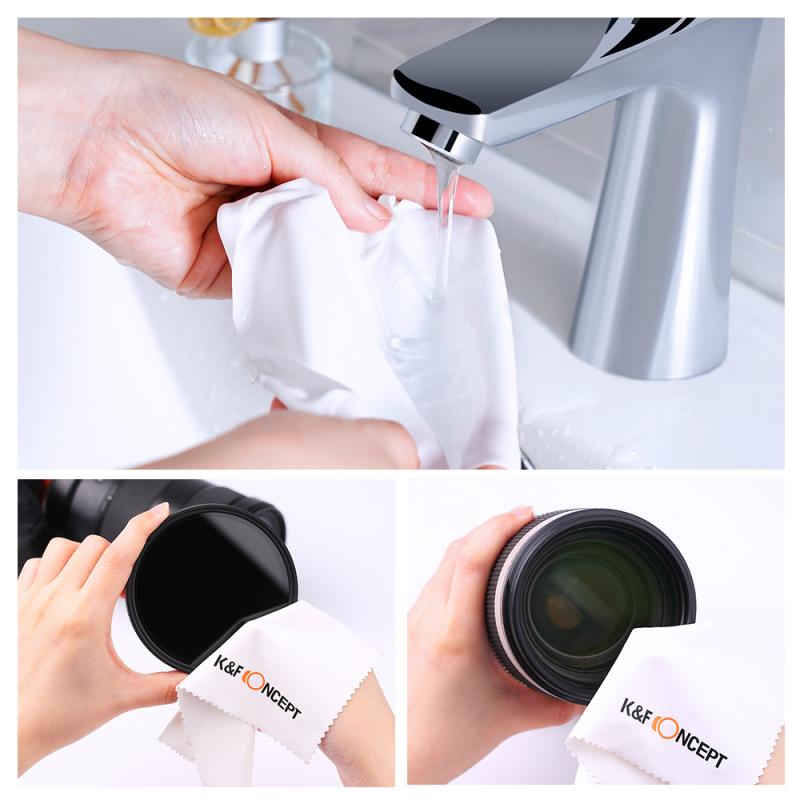
3、 Cleaning microscope slides and coverslips with a gentle scrubbing method
Cleaning microscope slides and coverslips is an essential part of maintaining the quality and accuracy of microscopic observations. A gentle scrubbing method is commonly used to ensure thorough cleaning without damaging the delicate surfaces of the slides and coverslips.
To clean microscope slides and coverslips, follow these steps:
1. Prepare a cleaning solution: Mix a mild detergent or dish soap with distilled water. Avoid using harsh chemicals or abrasive cleaners as they can damage the glass surfaces.
2. Rinse the slides and coverslips: Place them in a container filled with distilled water to remove any loose debris or dirt particles.
3. Apply the cleaning solution: Dip a soft-bristled brush or lint-free cloth into the cleaning solution and gently scrub the surfaces of the slides and coverslips. Pay attention to any stubborn stains or residues.
4. Rinse again: Rinse the slides and coverslips thoroughly with distilled water to remove any soap residue.
5. Dry the slides and coverslips: Place them on a clean, lint-free surface or use a lint-free cloth to gently pat them dry. Avoid using paper towels as they can leave lint or fibers on the glass.
6. Inspect for cleanliness: Examine the slides and coverslips under a microscope to ensure they are free from any debris or residues. If necessary, repeat the cleaning process.
It is important to note that the latest point of view emphasizes the use of distilled water for rinsing and avoiding tap water, as it may contain impurities that can leave residues on the glass surfaces. Additionally, some laboratories recommend using ultrasonic cleaners for a more thorough cleaning, especially for heavily soiled slides and coverslips. However, it is crucial to follow the manufacturer's instructions and exercise caution to prevent damage to the glass.

4、 Rinsing and drying microscope slides and coverslips properly
Rinsing and drying microscope slides and coverslips properly is essential to ensure accurate and clear observations under the microscope. Here is a step-by-step guide on how to clean them effectively:
1. Gather the necessary materials: You will need distilled water, a mild detergent or cleaning solution, a soft brush or lint-free cloth, and a drying rack or clean paper towels.
2. Pre-rinse: Start by rinsing the slides and coverslips with distilled water to remove any loose debris or contaminants. This step helps prevent scratching the glass surface during the cleaning process.
3. Cleaning solution: Prepare a mild detergent or cleaning solution by diluting it with distilled water according to the manufacturer's instructions. Avoid using harsh chemicals or abrasive cleaners as they can damage the glass.
4. Cleaning: Dip the soft brush or lint-free cloth into the cleaning solution and gently scrub the slides and coverslips. Pay attention to any stubborn stains or residues, ensuring they are thoroughly removed. Be cautious not to apply excessive pressure, as it may cause scratches.
5. Rinse again: Rinse the slides and coverslips with distilled water to remove any remaining cleaning solution. This step is crucial to prevent residue from interfering with your observations.
6. Drying: Place the cleaned slides and coverslips on a drying rack or gently pat them dry with clean paper towels. Avoid using cloth towels, as they may leave lint or fibers on the glass surface.
7. Storage: Once completely dry, store the slides and coverslips in a clean and dust-free container to prevent contamination.
It is important to note that the latest point of view emphasizes the use of distilled water to minimize the risk of introducing impurities or minerals that could affect the quality of observations. Additionally, some laboratories may opt for ultrasonic cleaning methods or automated cleaning systems to ensure thorough and efficient cleaning.
